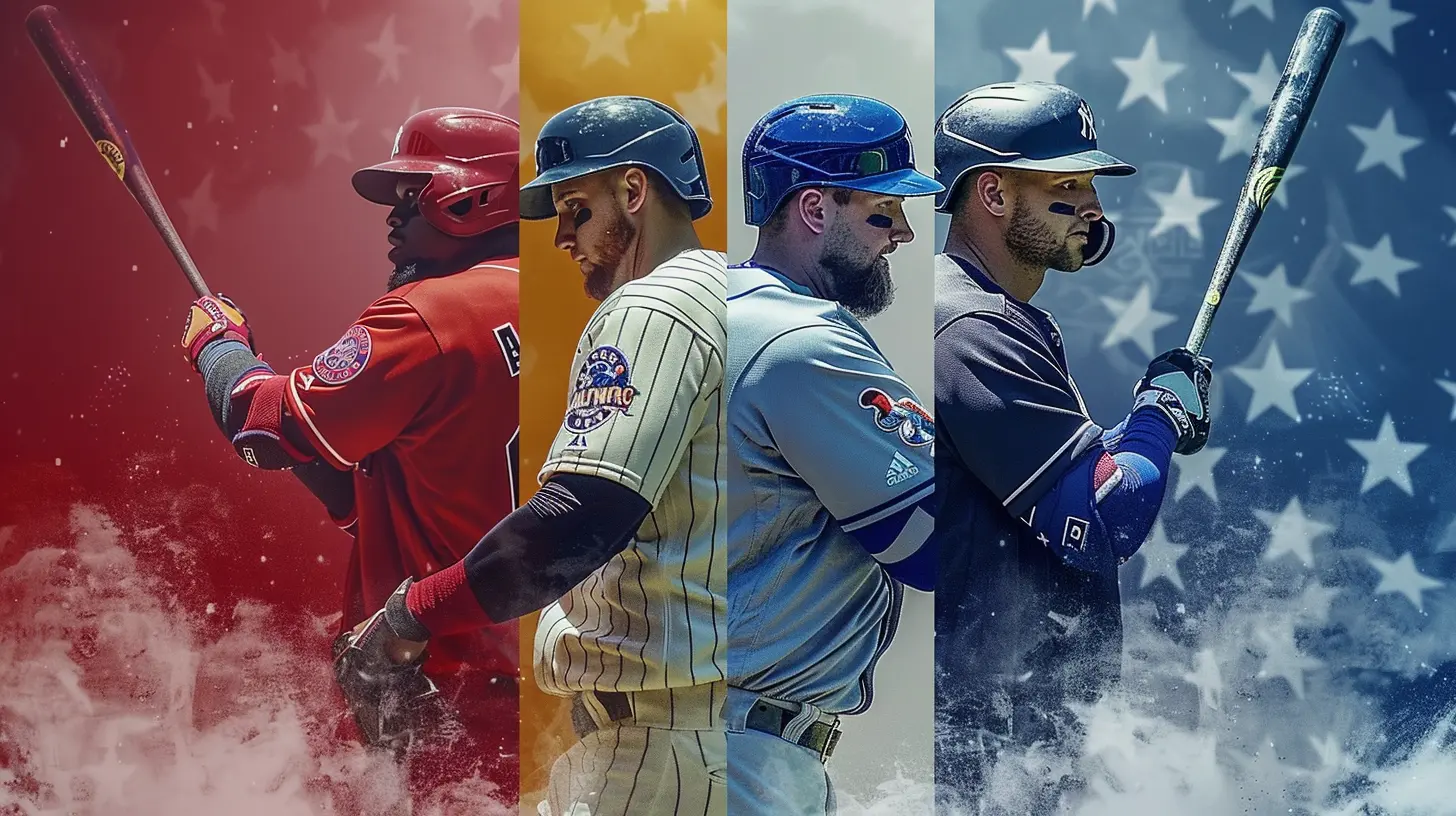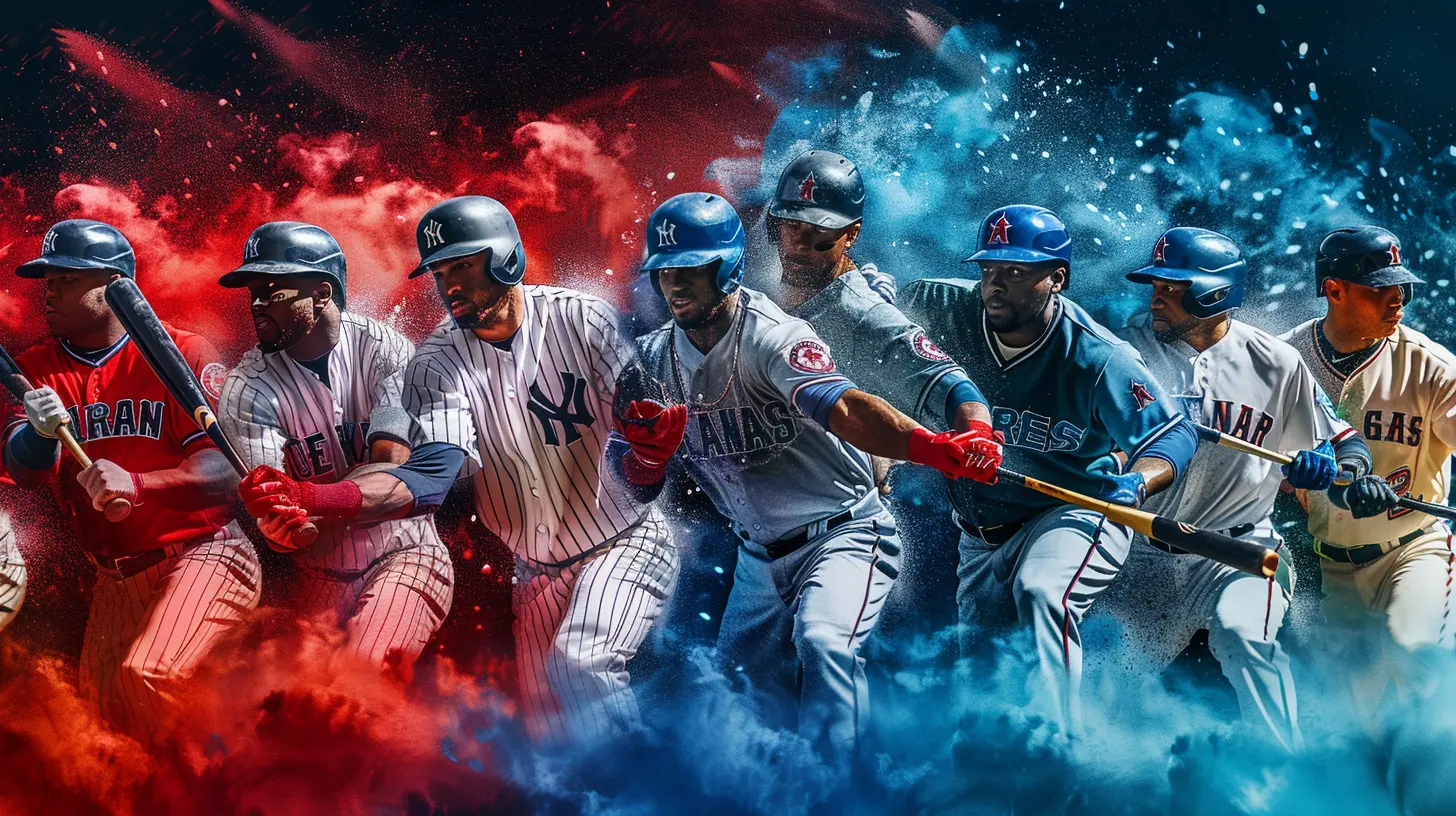How Rule Changes Have Made All-Star Games More Competitive
2 July 2025
Let’s be honest — for years, All-Star games were starting to feel more like glorified exhibitions than actual competitive games. Whether it was the NBA, NHL, NFL, or MLB, fans were tuning in hoping to see their favorite athletes go head-to-head, only to catch a laid-back, defense-optional tournament that looked more like a game of pickup at the local park.
But things have changed. And you’ve probably noticed the difference.
Over the past decade, major leagues have tweaked the rules—and the results? Well, they’ve made All-Star games a heck of a lot more intense. Players seem to care more, fans are more engaged, and the games are beginning to feel like they actually mean something again.
In this article, we’re diving deep into how rule changes have transformed the vibe of All-Star games across the biggest pro sports leagues. So, grab a drink, kick back, and let’s take a look at how things got a whole lot more competitive.
The NBA All-Star Game: From No Defense to a Nail-Biter
The “Elam Ending” Effect
Let’s start with the league that made arguably the most noticeable change — the NBA. Before 2020, the NBA All-Star Game had become, well, a dunk contest with teammates. Defense? Nonexistent. Competitive spirit? MIA.Enter the Elam Ending. In 2020, the NBA introduced a new format for the fourth quarter where the game clock stops, and the teams fight to reach a target score instead of running out the clock. The target is determined by adding 24 points (in honor of Kobe Bryant) to the leading team’s score after three quarters.
And wow — the impact was immediate. That 2020 game? It felt like Game 7 of the Finals. Players were taking charges, arguing calls, and diving for loose balls. That’s the kind of passion fans had been starved of.
The Draft Format: Team LeBron vs. Team Durant
Another change that helped? Ditching the East vs. West format. Now, the top vote-getters become captains and draft their own squads.This not only spices up the competition with unique matchups (imagine LeBron and Steph on the same team), but it gives players more pride in winning with their personally chosen teammates. There's real energy between the two drafted teams, especially on social media. Trash talk? Oh, it's alive and well.
MLB: When the All-Star Game Decided Home-Field Advantage
The 2002 Tie That Broke the Camel’s Back
Remember that infamous 2002 MLB All-Star Game that ended in a tie? Yeah, not cool. The crowd booed, and rightfully so. The players had run out of pitchers, and the managers didn’t want to risk injuries. Understandable, but really anticlimactic.So what did MLB do? From 2003 to 2016, they spiced things up with a high-stakes twist: the winning league of the All-Star Game earned home-field advantage in the World Series.
Suddenly, this “just for fun” game carried serious weight. Pitchers threw heat. Managers tried to win. Players brought their A-game. Sure, some critics hated tying a championship advantage to one midsummer night, but you can’t deny it raised the level of play.
Returning to Pride in 2017 Onwards
Since 2017, MLB dropped the home-field rule, but the competitive tone stuck. Players now take pride in repping their league. Plus, with mic’d-up segments and more fan interaction, the game is more engaging than ever. The new generation of players — think Shohei Ohtani, Ronald Acuña Jr., and Vladimir Guerrero Jr. — bring crazy energy and flair.
NFL Pro Bowl: Trying to Find Its Groove
The Pro Bowl Struggles
Let’s face it — the Pro Bowl has had a rocky ride. Football is a violent sport, and no one wants to get injured in a meaningless exhibition. So for a long time, the Pro Bowl felt like two-hand touch with pads.The Shift to a Skills Competition Format
To fix it, the NFL made a bold move in 2023: they replaced the traditional game with the Pro Bowl Games, featuring dodgeball, skills challenges, and 7-on-7 flag football.And you know what? Fans actually enjoyed it. It’s a breath of fresh air. The players had fun, and it showcased athleticism in a safe, competitive way. No more pretending it’s a real game. Instead, it's about fun matchups and challenges that still bring out that competitive spark.
NHL All-Star Game: Fast-Paced and Fan-Focused
3-on-3 Tournament Format
Hockey did something pretty slick. In 2016, the NHL moved to a 3-on-3 mini-tournament format, with each division forming its own team. These squads now play in a round-robin challenge and a final for bragging rights and prize money.This shorter, faster format has been a game-changer. Players compete in tightly contested games with a faster pace, more open ice, and actual effort. It's competitive, exciting, and easier to digest.
Skills Competitions That Actually Matter
Like the NFL, the NHL also uses skills challenges — but with a twist. Events like hardest shot, fastest skater, and save streak are every bit as competitive as the All-Star game itself. Some events come down to tenths of a second. The players love it, and fans eat it up.Why These Changes Work
Incentives Matter
Let’s be real: pros need motivation. Whether it’s money, bragging rights, home-field advantage, or personal pride, incentives are key to getting top-tier athletes to go all-in.When you dangle a carrot — like prize money or a legacy boost — players start caring. And when players care, fans can feel it.
Fans Crave Authenticity
Today’s fans are smarter than ever. You can’t fake effort. If an All-Star game feels phony, fans will tune out. But when players show heart? That’s when fans stand up and cheer.Shorter Formats = Higher Intensity
All-Star games now often focus on shorter, high-intensity segments (like NBA’s Elam Ending or NHL's mini-games). It keeps the energy up and the stakes high. Nobody’s pacing themselves for four quarters or three periods — they’re going full throttle.The Ripple Effect on Legacy and Branding
All-Star games aren't just fun anymore; they’re also about building a player’s brand. A strong performance can lead to endorsement deals, social media buzz, and legacy moments. Just look at Damian Lillard’s All-Star MVP or LeBron’s ridiculous alley-oops in 2021.Players know that these games are nationally televised and heavily promoted. Ball out on All-Star weekend, and your name’s trending for days.
What Could the Future Hold?
Mixed-League Challenges?
Could we see cross-league All-Star competitions? Imagine MLB vs. Japan’s NPB, or NBA All-Stars playing Europe’s best. Far-fetched? Maybe. But fans want new and meaningful matchups.All-Star Weekend Redefined
All-Star weekend could morph into a festival of competition — skills, exhibitions, fan-vote matchups, and legacy challenges. Think Steph Curry vs. Larry Bird in a virtual 3-point showdown. Fun, competitive, and captivating.Final Thoughts: It’s About Heart, Not Just Hype
All-Star Games used to be chill. Now? They’re fierce. And that’s thanks to some smart rule changes and a deeper understanding of what fans (and players) actually want.We’ve seen the transformation across sports — from baseball’s home-field incentive to basketball’s Elam Ending and hockey’s 3-on-3 madness. What ties it all together is simple: fans want fire. They want players to care.
And thankfully, we’re finally getting that battle-back intensity. So next time someone says All-Star Games are boring… ask them if they’ve watched one lately.
Because now? It’s game on.
all images in this post were generated using AI tools
Category:
All Star GamesAuthor:

Uziel Franco
Discussion
rate this article
1 comments
Felix Clayton
Great insights! It’s fascinating to see how rule changes have elevated the competitive spirit of All-Star Games. I appreciate the efforts to keep fans engaged while retaining the fun essence of these events. Excited to see how these adjustments impact future games! Thanks for sharing!
July 16, 2025 at 4:20 AM

Uziel Franco
Thank you! I'm glad you found the insights valuable. Exciting times ahead for All-Star Games!


